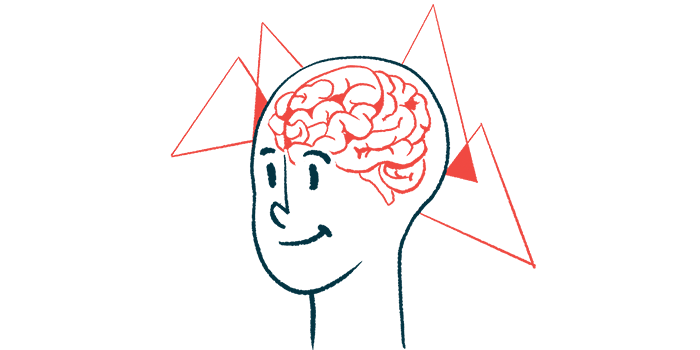Trial of brain-computer interface device for ALS now enrolling
Patients will seek to use BCI to control devices with their thoughts

Neuralink is recruiting participants — including people with amyotrophic lateral sclerosis (ALS) — for the first-in-human trial of its investigational brain-computer interface, designed to enable individuals with paralysis to control external devices with their thoughts.
The U.S. Food and Drug Administration initially cleared the study in May under an Investigational Device Exemption, which allows a device to be used in clinical trials for the purpose of collecting safety and effectiveness data.
Now, an independent review board and the study’s first hospital site have given the green light for enrollment to begin, Neuralink announced in a company press release.
“The initial goal of our BCI is to grant people the ability to control a computer cursor or keyboard using their thoughts alone,” the release stated.
PRIME study of brain-computer interface seeking adults with paralysis
Called PRIME — Precise Robotically Implanted Brain-Computer Interface — the study is enrolling adults, ages 22 and older, who have quadriplegia, or limited function in all four limbs, due to ALS or spinal cord injury. Participants must be at least one year post-injury without improvement and have a consistent and reliable caregiver.
Individuals with another implanted device, such as a pacemaker or brain stimulation device, will not be eligible for the trial. Eligible participants will have no history of seizures, and may not be receiving transcranial magnetic stimulation or MRI scans for an ongoing medical condition.
Anyone with ALS- or spinal cord injury-related paralysis who’s interested in this or any future Neuralink trial can join the company’s patient registry.
Brain-computer interfaces, or BCIs, are technologies designed to decode the brain’s electrical activity with the goal of interpreting an individual’s intentions. Those intentions, in turn, are translated into actionable outputs on an external device such as a computer — for example, allowing an ALS patient to control a computer cursor using only thought.
Such technology is being advanced as a way to help restore independence for people who require substantial assistance in daily life. This could be of benefit for people with ALS, in whom the progressive loss of nerve cells needed for muscle control leads to problems with mobility, speech, breathing, and other functions.
Experimental brain-computer interface devices aim to aid communication
In PRIME, a surgical robot will be used to implant a device in a region of the brain involved in movement intention — namely the region that processes a planned movement before it happens.
The device, invisible once implanted, records nerve cell activity via more than 1,000 tiny electrodes distributed across 64 threads, each of which is thinner than a human hair. It is powered by a small, wirelessly charged battery.
This data is then transmitted to an app that can decode the electrical signals to interpret a person’s intended movement. Participants will be asked to use the app to control a computer cursor or keyboard. They also will be asked to provide feedback about the system.
“This is a first-in-human study with the purpose of evaluating the safety and initial effectiveness of the N1 Implant (a BCI implant), the R1 Robot (a surgical robot), and N1 User App (BCI software),” Neuralink states in a PRIME study brochure.
PRIME will take about six years to complete — and include an 18-month or 1.5-year primary study involving nine at-home and in-person clinic visits. The primary study will be followed by long-term data collection involving 20 visits over five years.
After the study’s first part, patients also will be asked to participate in brain-computer interface research sessions, with a minimum commitment of two, one-hour sessions per week. Participants will be compensated for study-related costs.
Meanwhile, a number of other BCIs are under development to aid ALS patients. An implantable device from Synchron, called Stentrode, enabled four ALS patients with severe paralysis to control a computer, completing online activities like shopping or sending emails.
Other technologies, such as Cognixion’s ONE Axon technology, are being developed to facilitate communication for patients who are speech impaired.








